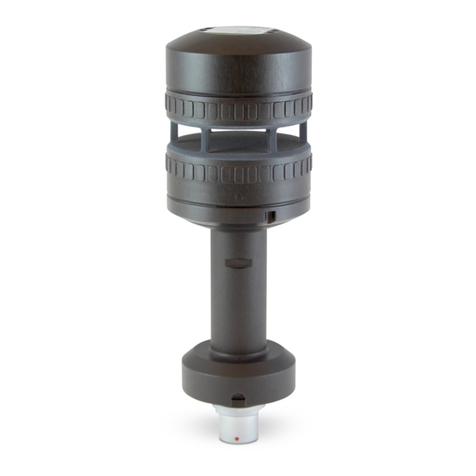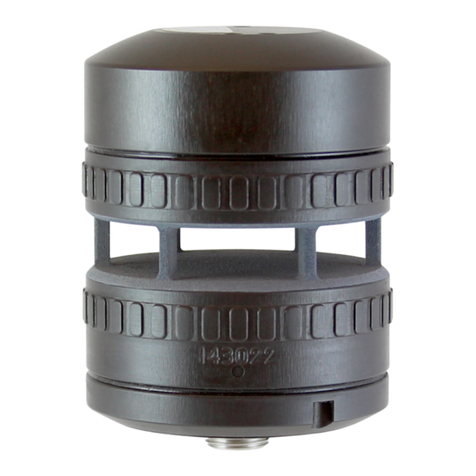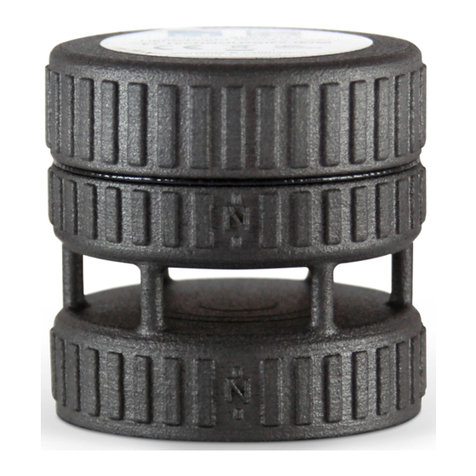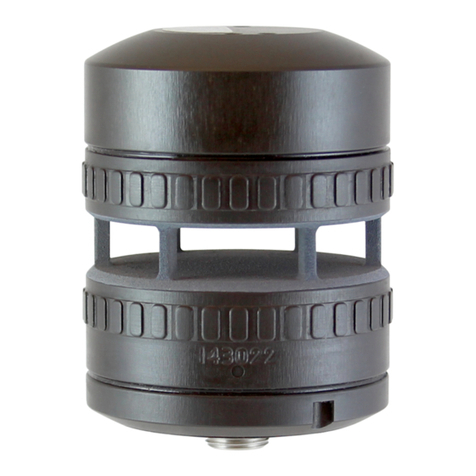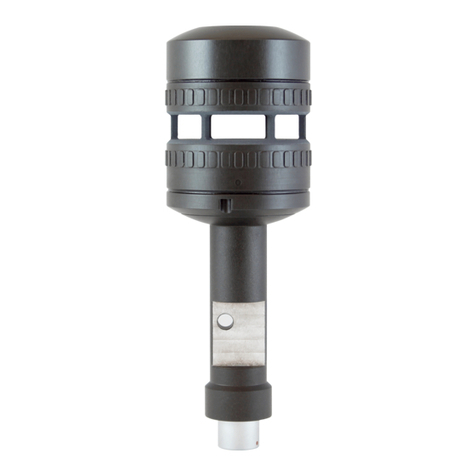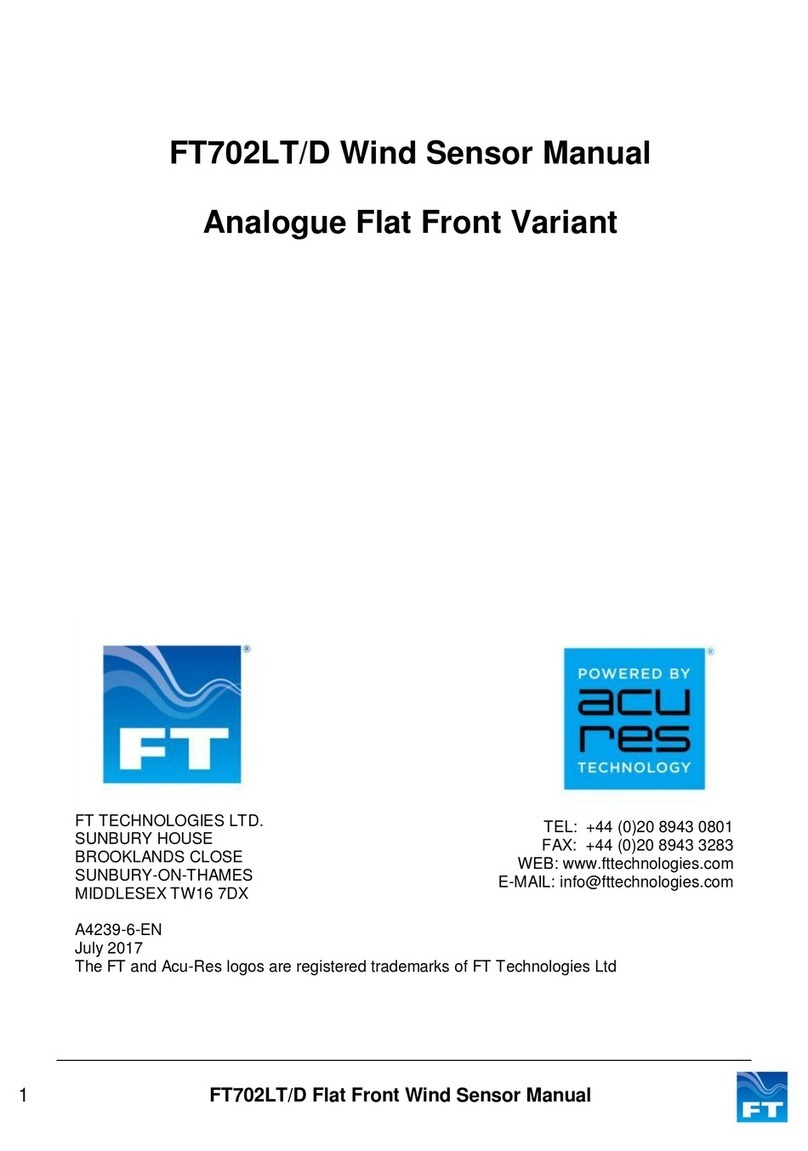
3 FT742-SM (RS422 & RS485) Sensors –User Manual
6.1 Introduction.....................................................................................................................22
6.2 RS422 & RS485 Protocol................................................................................................22
6.3 Configuring the Sensor ..................................................................................................25
6.4 Communication...............................................................................................................25
6.4.1 Conventions used in this manual ..................................................................................25
6.4.2 Data Transmission........................................................................................................26
6.4.3 Message Format...........................................................................................................26
6.4.4 Listener and Talker Identifiers.......................................................................................27
6.4.5 Calculating the Message Checksum.............................................................................27
6.4.6 Disabling the Checksum ...............................................................................................27
7PARAMETER SETTINGS.................................................................................. 29
7.1 Command Types.............................................................................................................29
7.1.1 Set Commands.............................................................................................................29
7.1.2 Query Commands.........................................................................................................30
7.2 User Calibration Table....................................................................................................31
7.3 Timing Constraints .........................................................................................................32
7.4 Command Parameters....................................................................................................33
7.4.1 BR: Set or Query the Serial Interface Baud Rate ..........................................................33
7.4.2 CF: Set or Query the Wind Compass Settings ..............................................................34
7.4.3 CU: Set or Query the Continuous Update Setting .........................................................36
7.4.4 DF: Set or Query the Wind Velocity Data Format..........................................................37
7.4.5 DG: Query the Run-time Counter..................................................................................38
7.4.6 DL: Set or Query the Command Delay Interval.............................................................39
7.4.7 ER: Query or Reset the Error Report ............................................................................40
7.4.8 FL.1: General Filter Settings.........................................................................................41
7.4.9 FL.2: Set or Query Filter Lengths..................................................................................42
7.4.10 FL.3: Set or Query the Selective Filter......................................................................43
7.4.11 HT.1: General Heater Settings.................................................................................44
7.4.12 HT.2: Delay Heater Settings....................................................................................45
7.4.13 ID: Set or Query the Listener & Talker Identifiers......................................................46
7.4.14 MM: Reset or Query the Min/Max Recorded Wind Speed.........................................47
7.4.15 OS: Overspeed Warning Scheme............................................................................48
7.4.16 PR: Query the Parameter Report..............................................................................49
7.4.17 RS: Reset the Sensor...............................................................................................50
7.4.18 SN: Query the Serial Number and Platform Version .................................................51
7.4.19 SV: Query the Software Version...............................................................................52
7.4.20 UC.1: General User Calibration Settings ..................................................................53
7.4.21 UC.2: Clear User Calibration Table Record ..............................................................54
7.4.22 UC.3: Set User Calibration Table Record .................................................................55
7.4.23 UC.4: Save and Read User Calibration Table...........................................................56
7.4.24 UC.5: Set & Query User Calibration Table Label ......................................................57
7.4.25 US: Set or Query Saved Parameters........................................................................58
7.4.26 WV Polar: Query the Wind Velocity Reading ............................................................60
7.4.27 WV NMEA: Query the Wind Velocity Reading ..........................................................61
